|
CHRISTMAS, 2022 :
TRANSFORMATIONS : 'FROM THE MOUNTAINS'
'SILVER'

In the Bohemian Region of the Czech Republic, is the town
'Kutná Hora',
populated by Celts in the late Iron Age,
and whose history with is intricately entwined with silver.
Silver mining in Kutná Hora dates back to at least 985 AD,
when silver ore 'surface deposits' were discovered.
By 1290, German miners also began to mine the rich mountain veins.
And by the Middle Ages, Kutná Hora's silver mines had become
Europe's main supply of silver, reaching its peak in the 14th century.
At its height, about 2,500 miners, smelters, and craftsmen were working
in Kutná Hora's mines.
The above complex late medieval illuminated parchment of 'Kutná Hora'
shows not only the mining of ore - and its milling -
the washing - and subsequent sale to ore merchants -
but also presents its further processing and smelting to produce silver
which was then used to mint coins.
Traditionally, they hammered out an incredible
2,000 coins, 12 hours a day, 7 days a week.
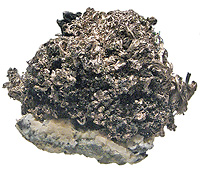 |
|
Silver Ore from the Czech Republic
Silver' is rarely found as nuggets in deposits and
veins, more often combined with other 'earth'
elements and ores. The pure silver is then further
extracted through smelting or electrolysis.
|
MEDIEVAL GERMANY, & BRITISH ‘STERLING’ :
Legend tells several stories regarding the British term 'sterling'.
The most commonly related lore dates to the 12th century.
Medieval merchants from the Baltic area of Germany, called 'Osterlings',
or 'Easterlings',
('Ostsee' - 'East Sea' - being the German name for the Baltic)
paid for British cattle and grain silver in silver coins of their making.
These coins proved to be of fine, consistent and durable quality.
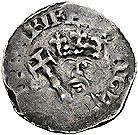
In the 12th century, Henry II adopted their alloy for the British standard ...
imported the actual 'Easterling' metal refiners ...
and put them to work making silver coins for England,
(as the Henry II silver penny above).
The term 'sterling' is a shortening of 'Easterling',
and refers to the Easterling alloy :
92.5% pure silver, 7.5% other hardening metals, usually copper.
'Sterling' uses the same standard of 'fine silver' today.
'CHRISTMAS' SILVER SELECTIONS :
FLATWARE :
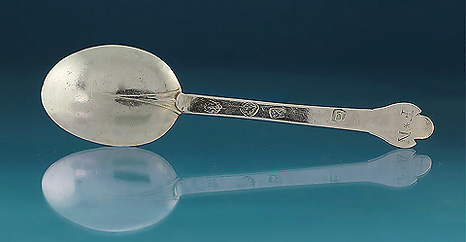
Charles II Silver Child's Trefid Spoon, Steven Venables Junior, London, 1684
The terminal with original owners' scratched initials 'F*N'

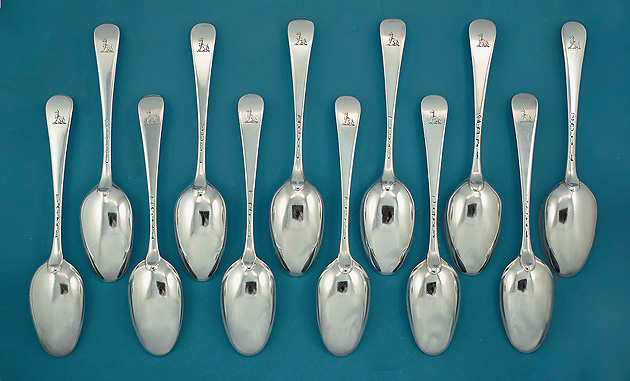
Straight Set of 12 George III Silver Hanoverian Tablespoons
Isaac Callard, London, 1757
Of heavy gauge silver, engraved with a crest : 'a wolf (or fox) sejant ppr'
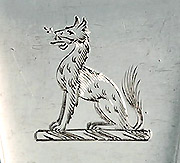
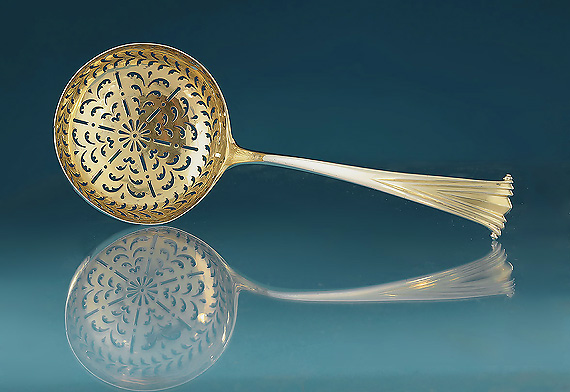
Royal George III Large Silver-Gilt Sugar Sifting / Straining Ladle
'Onslow' pattern, the terminal reverse
crested for a younger son of George III, likely Augustus Frederick, Duke of Sussex
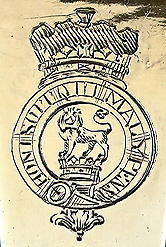
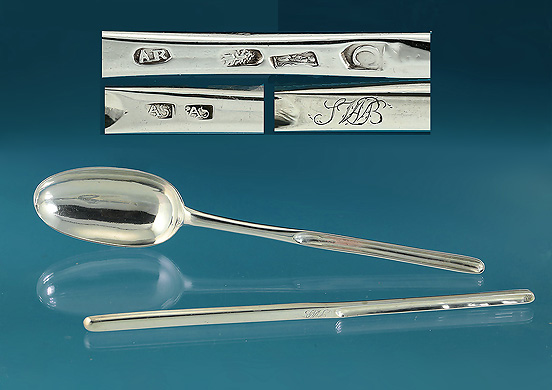
Rare George I Britannia Standard Marrow Spoon
Andrew Archer, London, 1718,
and a
Georgian Provincial Silver "Reverse Scoop" Marrow Scoop
Marked twice 'A S', possibly Scottish
(A Corresponding Mark exists for Alexander Stewart, Inverness, and Tain, c1800-1025)
HOLLOWWARE :
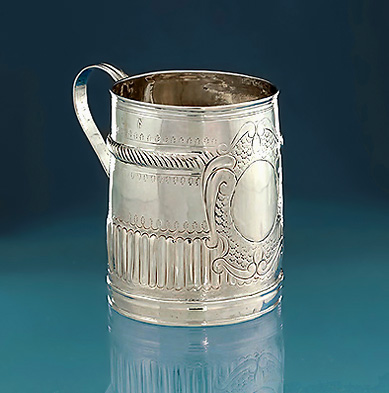
Rare Small Queen Anne Britannia Standard Mug or Tankard
Matthew Cooper (marked rubbed), London, 1705-6,
possibly a child's or Christening mug,
the centered oval never engraved
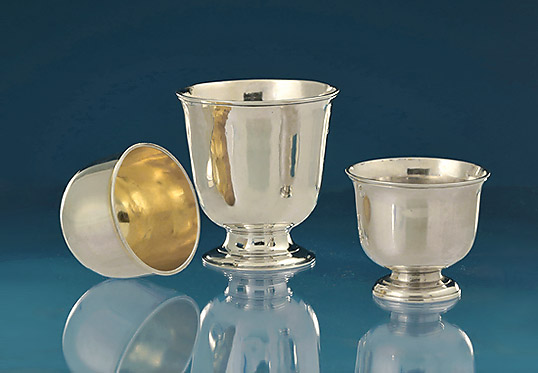
A Very Good George I Small Silver Tumbler Cup,
& Two Scarce George II Silver Tot Cups
Each of excellent quality and condition with good marks :
George I Silver Tumbler Cup, James Goodwin, London, 1723
Early George I Silver Tot Cup, William Paradise, London, 1732
Early George II Silver Tot Cup, Thomas Parr II, London, c1730
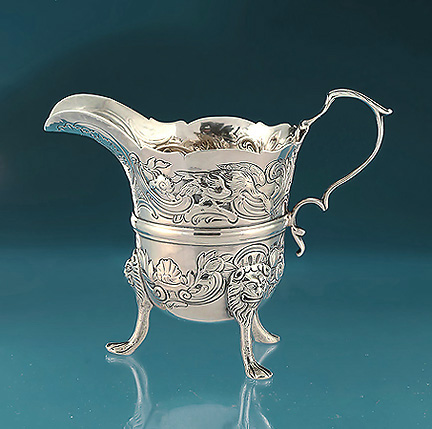
George II Irish Silver Embossed Helmet Cream Jug, c1750
Of heavy gauge silver, marks beneath handle, rubbed
Raised on lion-headed paw feet
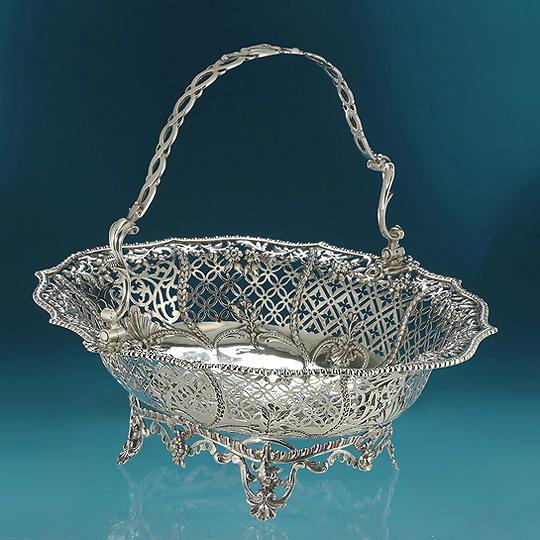
Fine George II Rococo Pierced Silver Basket
Henry Bailey, London, 1759, Of heavy gauge silver, centering
'The Marital Arms of Leche and Jones'
& The Motto : 'Spes non fracta' (My hope is not broken) (for Leche):
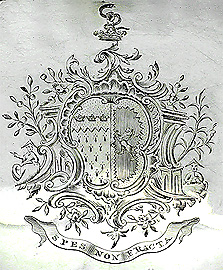
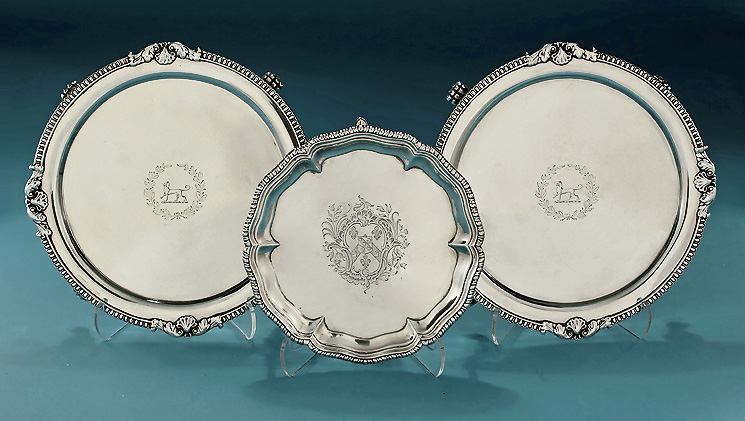
Good Pair of George III Irish Silver Salvers
Charles Marsh, Dublin, 1821, crested for the family of Bentley :
'within a wreath a spaniel dog passant'
and a
George II Armorial Silver Waiter
William Peaston, London, 1752
'Marital Arms of Robert Ramsden, Osberton, Nottinghamshire,
& Elizabeth Smythe, Heath Hall Yorkshire'
(each image above is linked to the related detail page)
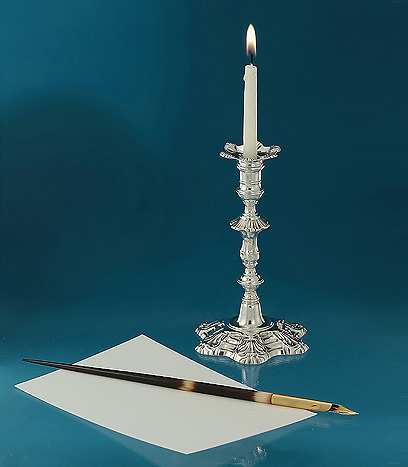
Early George III Cast Rococo Silver Taperstick
William Gould, 'Hex Foil' Shell Bobeche and Base, London, 1760
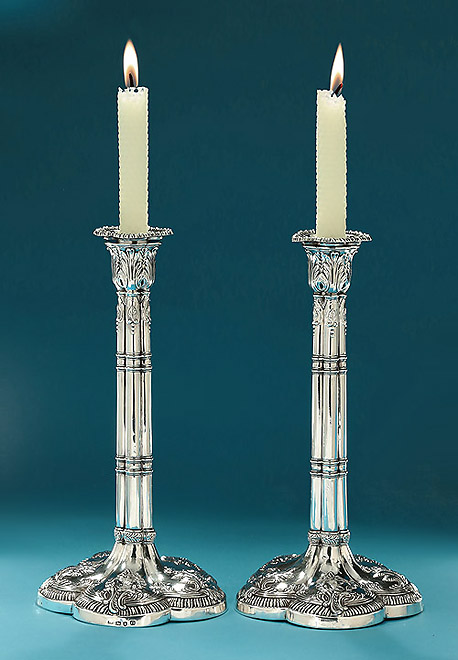
Pair Early George III Clustered-Column Candlesticks
William Cafe, London, 1768
with Jacobite Interest :
for the Dukes of Gordon, Letterfourie House (by Robert Adam)
Thence Through the Gordon Family
Crest : 'A Hart's Head Couped ppr.', and Motto : 'Dum Sisto Vigilo'
Provenance : Letterfourie House, Morayshire, Scotland
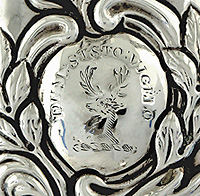
MISCELLANEOUS :
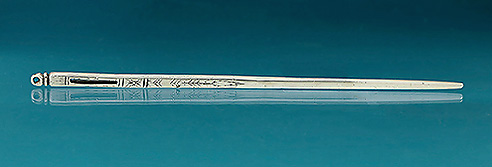
Elizabeth I / James I Silver Bodkin
Unmarked, England, c1600-1620, Faint Remains of Initials
tapering stem with an elongated hole for ribbons,
well as a small round hole for threads at the wider end
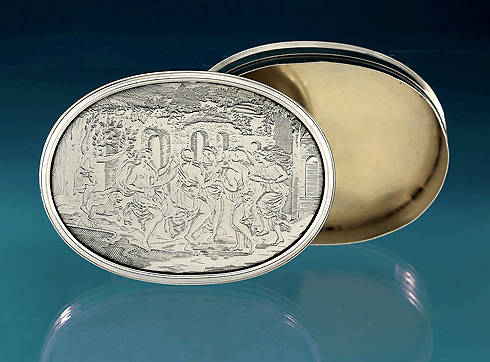
George I Engraved Silver Snuff Box
Unmarked, England, c1720-1725, of very heavy gauge silver,
engraved with a classical scene of dancing ladies within ruins
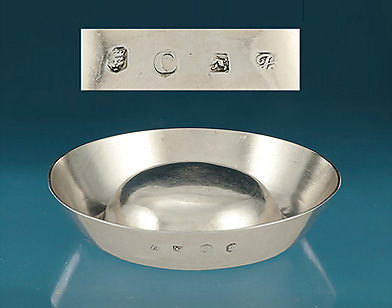
Rare George II Silver Saucer-Form Domed Wine Taster
Joseph Sanders, London, 1738
In the "Bordeaux" circular saucer form,
the form some tout as the 'only English wine taster'
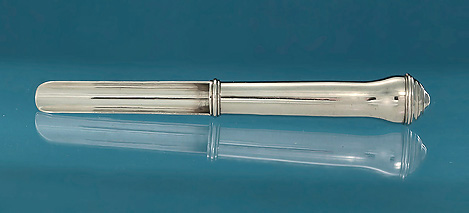
Scarce George II One-Piece Silver Apple Corer
England, c1740-50
Single piece apple corers were not made past c1750.
Not many examples of the one-piece form remain
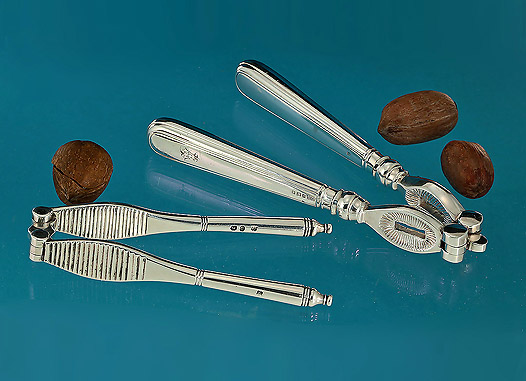
Very Scarce Pair George III Silver Nutcrackers
Phipps & Robinson, London,1803
and a
Good Pair George V Silver Nutcrackers
George Howson, London, 1926
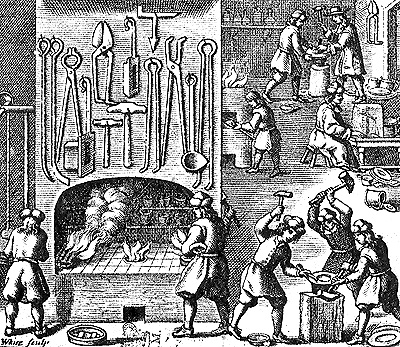
A 17th Century Silversmith’s Workshop, Engraving
From this ancient earth, its skies, seas and sand
Comes all that we know - even made by man's hand.
It is with awe, on this surface, I stand.
MERRY CHRISTMAS !!
Millicent Creech
FOOTNOTES :
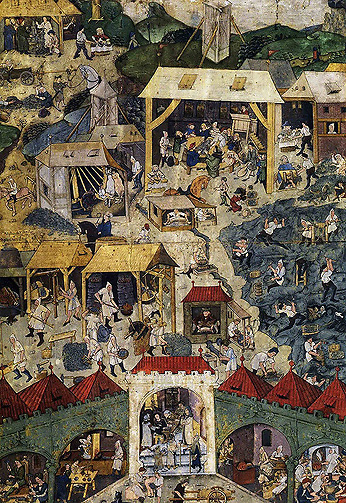
'Kutná Hora Illumination' is a colossal panoramic frontispiece
from a c1490 illuminated manuscript choirbook on vellum.
It depicts silver mining in Bohemia, and is one of the largest and most important
northern European secular illuminated miniatures in existence.
It now resides in the Gallery of the Central Bohemian Region (GASK)
and is on display on special occasions.
Click below or the image above for a large image - well worth an online visit!
Christmas 2002, Transformations Illustration Index, Kutná Hora
(Image : Creative Commons)
Silver Ore from the Czech Republic : Carnegie Museum of Natural History, Pittsburgh,
Pennsylvania, , USA; Photo James St. John (Creative Commons)
Henry II Penny : from ‘Rasiel's Kings and Queens of England Coin Collection’,
Tantalus Coins, Image : Rasiel Suarez (Creative Commons)
A 17th Century Engraving of A Silversmith’s Workshop : Alamy (copyright), by lease
Inventory Photography : Millicent F. Creech
In Our CHRISTMAS 2022 ,"TRANSFORMATIONS"Series :
'From The Forests' (Timber)

'From The Earth' (Part I - Ceramics)

'From The Sands' (Part II - Glass) :

'From The Human Spirit' (Fine Art) :

|